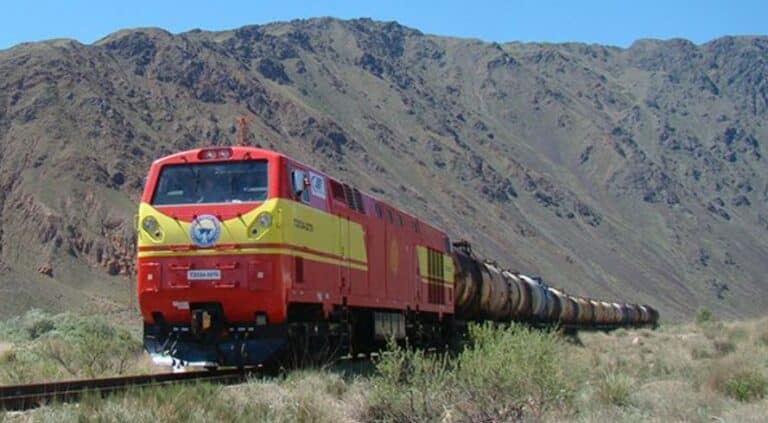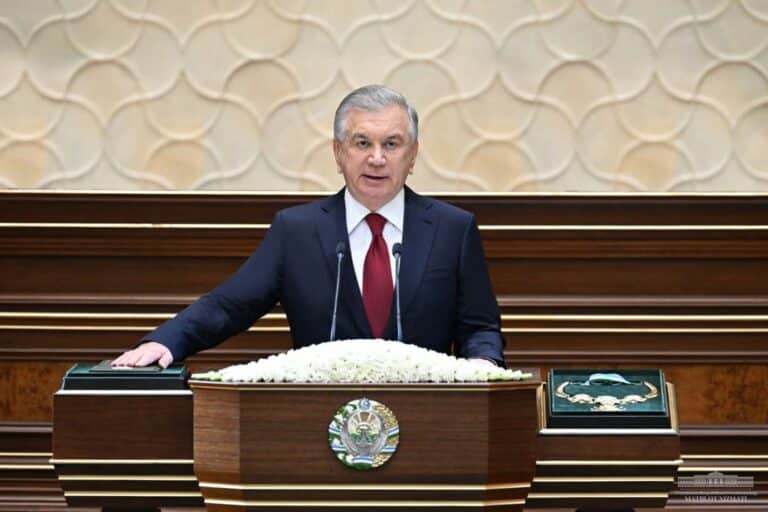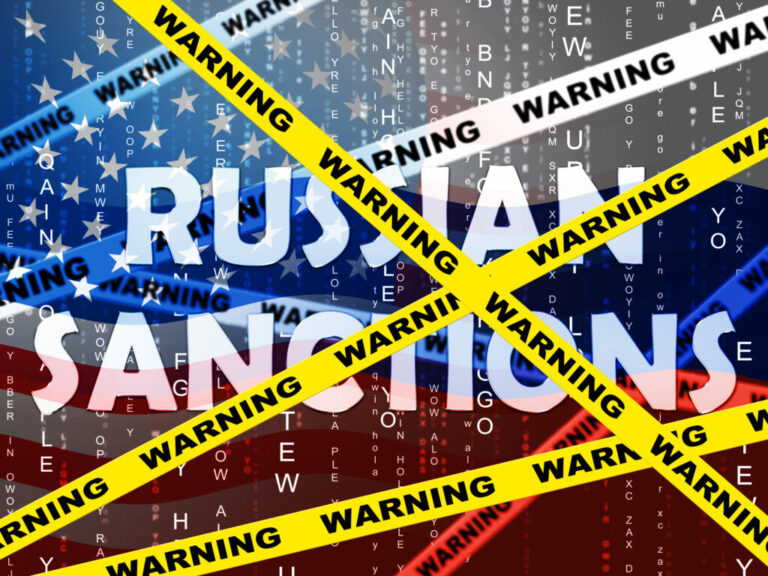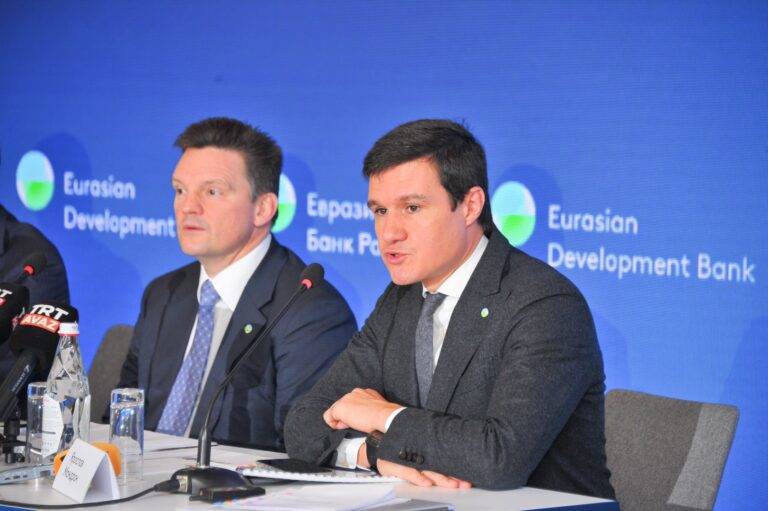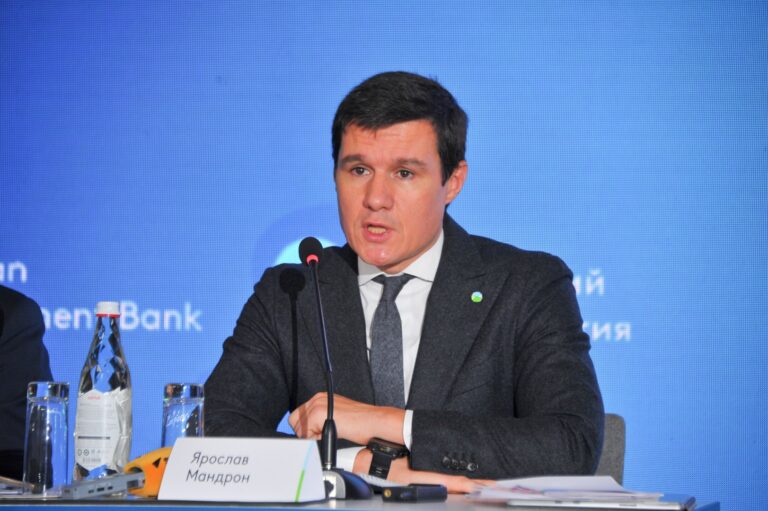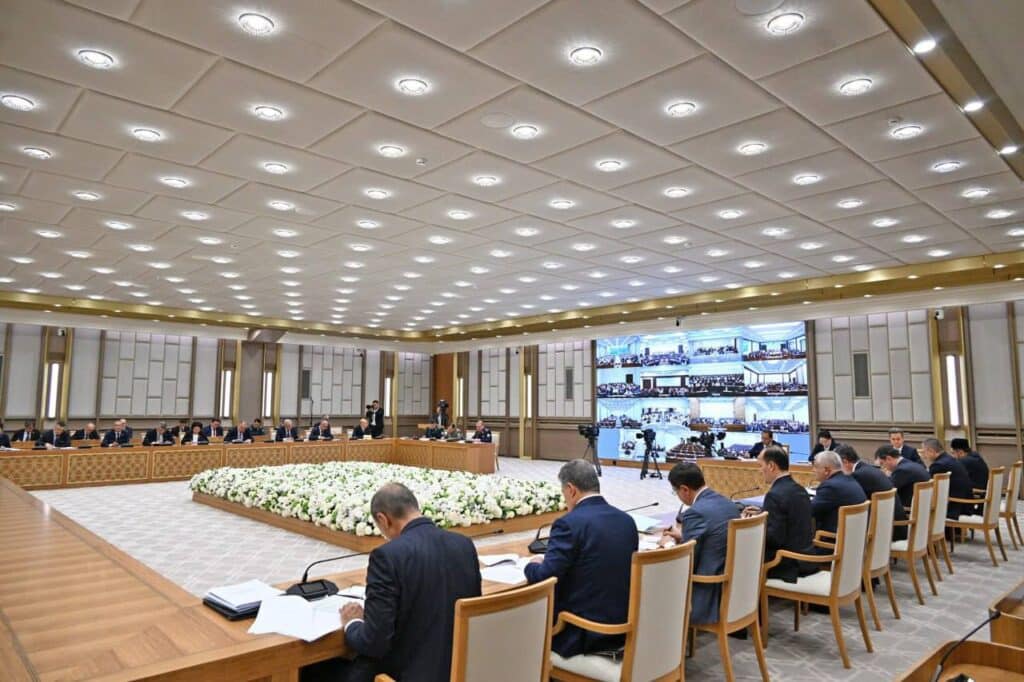
On July 9, President Shavkat Mirziyoyev chaired a video conference to review measures aimed at improving road safety, enhancing infrastructure and reducing traffic congestion in Uzbekistan.
Significant efforts have been made in this area in recent years. Since 2017, the government has allocated 61 trln UZS for road construction and repairs—3.5 times more than previous funding levels.
A digital appeal system has been introduced, cutting visits to traffic safety departments by 50 percent. Additionally, 3,365 traffic officers have been equipped with electronic tablets and body cameras. Automated violation detection systems using artificial intelligence have been rolled out, while designated public transport lanes have been created in urban areas.
Last month, several driver-friendly reforms were also introduced. For instance, first-time offenders now receive warnings instead of fines. Camera-based detection of lane-line crossings has been discontinued. Vehicles are now allowed to use bus lanes during evening hours. Daytime roadworks have been banned, and radar zones must now include visible warning signs.
Despite these improvements, serious issues remain—most notably, traffic accidents. Last year, 9,364 accidents were registered, resulting in nearly 9,000 injuries and 2,203 fatalities.
“That one in four accidents results in a death and that we lose six lives on average every day should deeply concern us all,” President Mirziyoyev stressed.
The President emphasised that road safety depends heavily on the condition and design of roads. While improved infrastructure in some regions has led to fewer accidents, 20 regions continue to report high accident rates. Overall, traffic-related incidents cause annual economic losses equivalent to 0.4% of the country’s GDP.
Safe Road National Programme
A new nationwide initiative titled the Safe Road National Programme has been launched to significantly reduce the number of serious traffic accidents across Uzbekistan.
A key part of the initiative is the re-establishment of the Safe Road and Safe Pedestrian Fund, which will now operate under direct government control. According to preliminary estimates, the fund will receive 400 bln UZS this year from various sources.
Separate accounts will be created for each region, allowing more localised and responsive spending. The Ministry of Internal Affairs’ units responsible for installing road signs, traffic lights and markings will now report to regional authorities, further decentralising road safety management.
Transparency will be central to the fund’s work. It will include representatives from territorial traffic departments, road maintenance services and members of the public. Priority will be given to repairing the most dangerous stretches of road. Work is set to begin on 23 high-risk segments spanning a total of 175 kilometres.
In addition, local road funds have been created in every district. A new digital platform will soon be launched where residents can report the need for new traffic lights, signs or pedestrian crossings. Updates, including photos and videos of the implemented measures, will be shared online, enabling citizens to rate the work.
The President has set a clear target: use these new tools to enhance road traffic systems and dramatically lower the number of fatal incidents.
Turning Points and Road Signs
Another pressing issue is the lack of proper turning points. While over 1,200 turning areas exist across Uzbekistan’s road network, only 146 are in the form of overpasses or underpasses. Among more than 10,000 pedestrian crossings, just 154 are equipped with safe crossing structures.
To address this, the Ministry of Transport has been tasked with conducting a full safety audit of major international highways — including the Tashkent–Samarkand–Termez, Tashkent–Fergana Valley and Samarkand–Bukhara routes — in collaboration with the World Bank. Based on the findings, new projects will be developed to create safer turnarounds and crossings, and to improve signage and road markings nationwide.





